It was very hard for me to start writing about oak. And not because I didn't have anything to write about. On the contrary, there is so much to say about it. But oak is out there, somewhere, very close to our hearts, appreciated and desired, and I was very afraid of getting it wrong. I still am.🙂 But I'll get through it all and try to make an article that, even if it doesn't cover everything that can be said about oak, at least hits the important points.
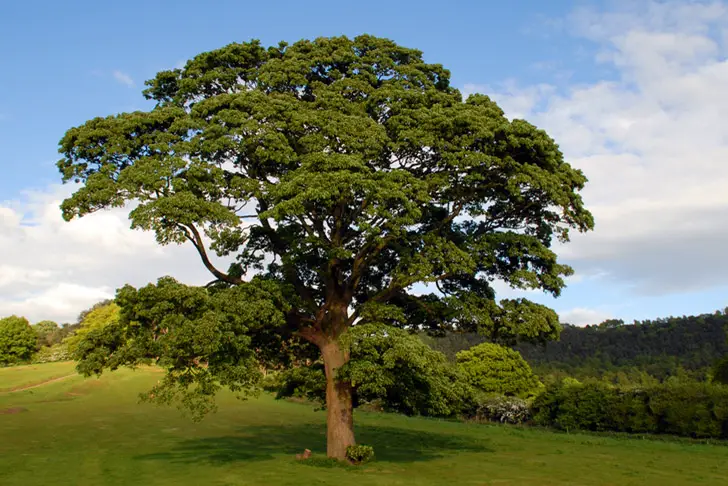
The oak, the tree that can live over 1000 years
The oak used in our country and in Europe is Quercus robur. It is also called European or English oak. It is a native European and West Asian species. But it has started to be cultivated in various areas, including China, North America and Australia.
There are a lot of species of the genus Quercus. When I read about it I identified 26 different species, some resembling the European oak, others almost no resemblance at all. For example, in southern Europe (Italy) there is Quercus brutia, very similar, and in the USA there is Quercus rubra, a species similar in name but very different in appearance.
I will limit myself to writing about the European oak. It is a strong and sturdy tree that can live for over 1000 years. I know that the oldest oak in our country, more than 900 years old, was in Suceava county. I hope it still exists. The girth of an old oak can reach up to 10-12 m. Normally it grows up to 30-35 m tall and 2-4 m in girth. The bark of the oak was used in the past for tanning. It also has therapeutic properties, being used to make teas or tinctures and ointments.
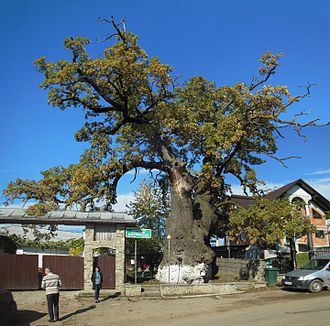
photo source: wikipedia.com
Oak wood
Oak is a hard wood with a beautiful appearance, pattern and colour. In cross-section the sapwood and heartwood areas and annual rings are clearly visible. Heartwood is light to medium greyish brown in colour with some green iridescence. Sometimes it has other colorations which makes it a highly prized wood. The sapwood is almost white to very light brown in colour and is clearly demarcated from the heartwood.
The pores are very distinct and rounded, some, larger and sparser in the early wood area, more, larger and though in the late wood area. The pattern formed by the pores, when the wood is cut, especially in the tangential cut, is characteristic and is an element of recognition of oak. It has visible medullary rays and the grain has a rough, rough appearance and may sometimes be irregular or twisted due to growing conditions.
Being a hard wood, very visible cracks can appear when it dries. It should be dried slowly over time, respecting the cycles. Natural drying takes a long time and naturally dried timber for 10-12 years becomes very valuable and is used for luxury furniture and decorations.
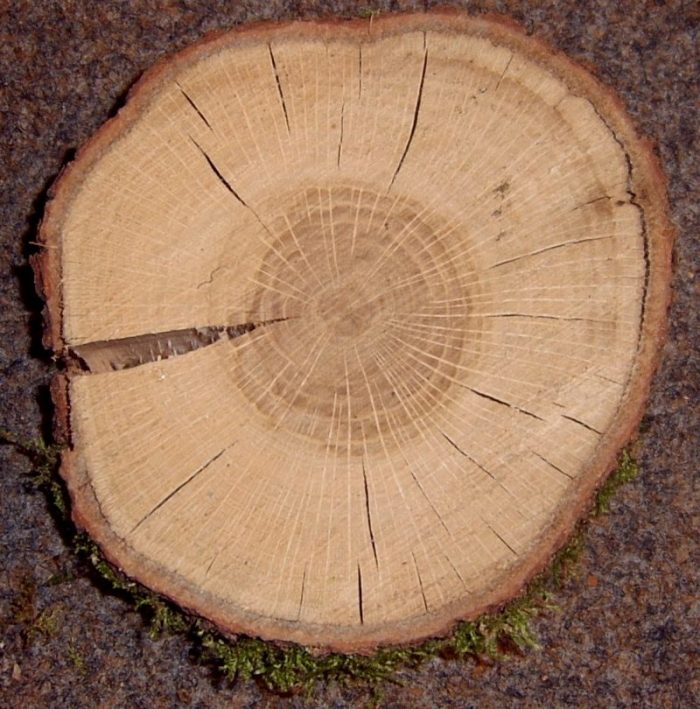
photo source: commons.wikimedia.com.
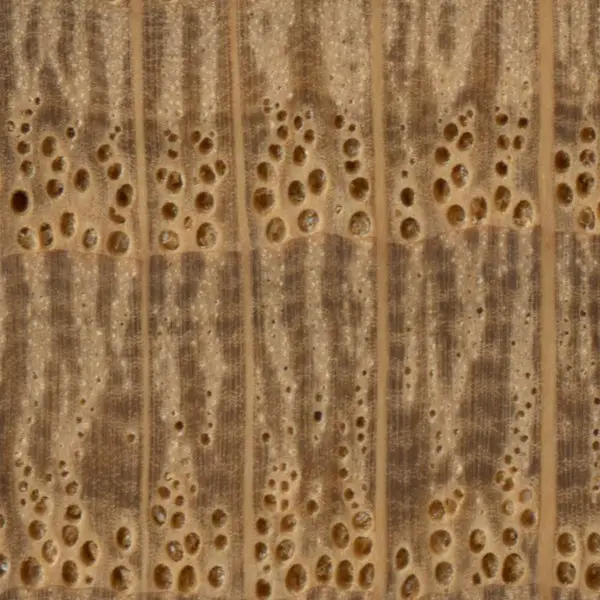
photo source: wood-database.com
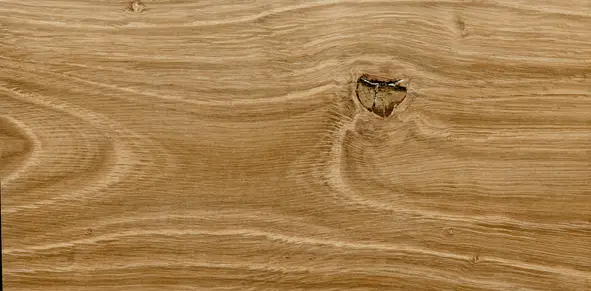
photo source: rarewoodsandveneers.com
Uses of oak wood
Oak is used both as solid wood and as veneer. The pore pattern allows for very interesting finishes. They can be marked using special patinas or stains to highlight its natural pattern. Looks great when it is finished with oil or wax. Contains tannins and salts in the pores, which can sometimes influence the finish. Therefore, in case of more special finishes, it is good to use an insulator as a first coat.
One treatment that gives oak a special appearance is sandblasting. It can be done both mechanically and chemically. After sandblasting the wood takes on a beautiful, old, milled look that is highly appreciated.
Oak has many uses. Since ancient times it has been used to make exquisite carved furniture, flooring, wall cladding and ceiling panelling, and even for making ships.
Today it is used in both construction and furniture making. In construction it is used as a load-bearing structure for houses or for decorating with beams and posts in rustic-looking houses. It is also used for interior fittings, flooring or indoor and outdoor flooring. Oak is used to make strong and attractive doors and windows.
Despite its rough appearance and the feeling that it can only produce heavy, old-looking furniture, it can also be used to make modern furniture. It's perfect for living room furniture as well as kitchen furniture. It is used for obtaining chairs and tables. Lately, tables with tops made from a 'slice' of tree trunk, with finish as inconspicuous as possibleare all the rage.
It lends itself very well to turning, but also to steam bending.
A highly valued use for European oak is in obtaining barrels for wine, but also for whisky. The technologies are complex and the flavour obtained by surface burning the wood is special.
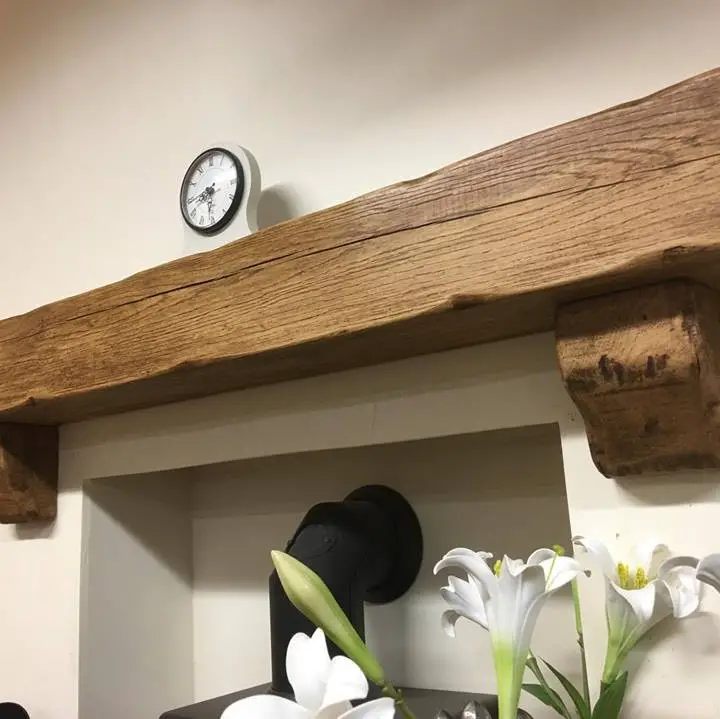
photo source: woodnwax.co.uk
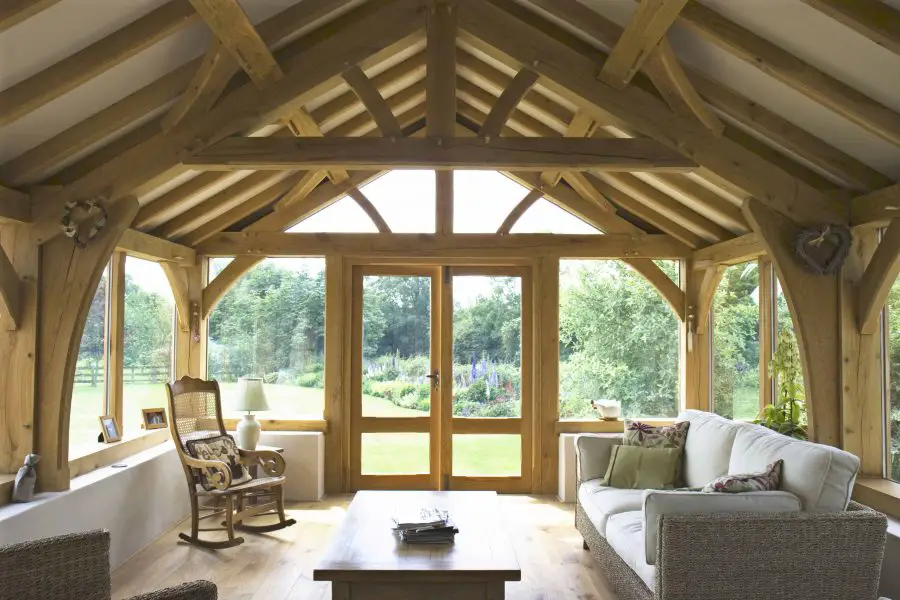
photo source: oakcarpenter.com
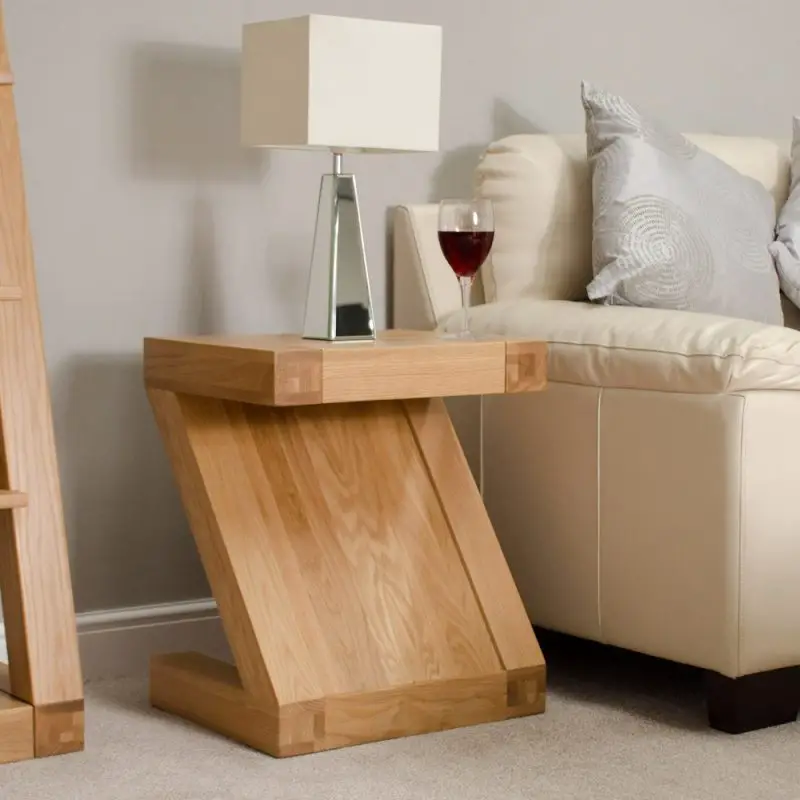
photo source: idealhomeshowshop.co.uk
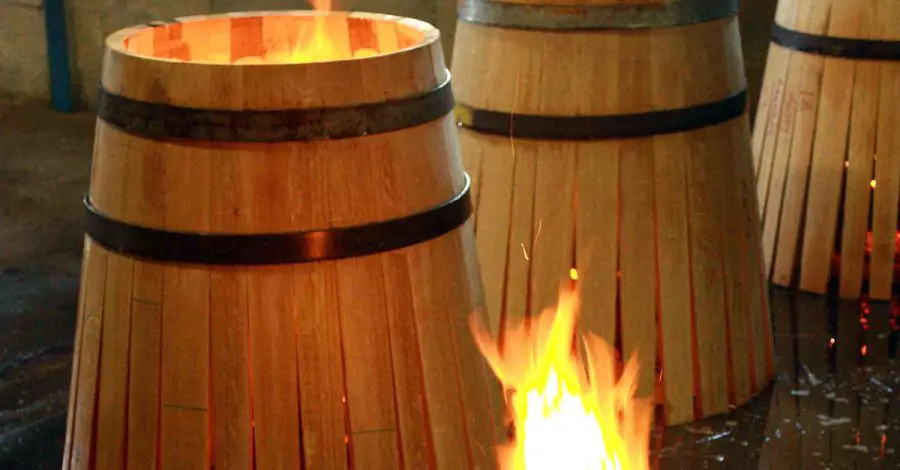
photo source: winefolly.com
Oak has something special in it, something symbolic. In fact, oak, its leaves and acorns are used as symbols in many countries. In England, the oak is considered the royal tree, with many pubs calling themselves 'The Royal Oak'. It is a symbol of strength, of power. It's the reason why the Romanian rugby team is called the Oaks. It gives the same impression of quiet, seated strength to the houses where it is used. It's powerful, but also beautiful, sometimes unique. That's why we want it and why we love it.

photo source: rusticoak.co.uk

























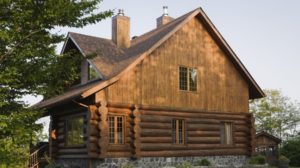
Hello,
I am working on a living room furniture similar to the one in the picture above, made of oak veneered panel, for a natural matte finish and to keep as long as possible the light shade, what finish do you recommend? Is it necessary to apply a layer of polyurethane insulator, is it advisable to apply it before or after the primer? Is it necessary to apply a primer or is the primer sufficient?
Thank you very much for the valuable information,
Isabela
Hello,
I recommend a solvent acrylic finish, which keeps the wood colour unchanged and does not yellow over time. There is no need to apply insulator (it is always applied as the first coat, before the primer) and I do not recommend it because polyurethane is more yellow and its hardener will yellow over time or if the wood has been chemically discoloured. This eliminates the risk of yellowing over time. There is also no need for impregnation. Impregnators are mostly used outdoors, where they protect the wood from fungi and insects and UV radiation. For a finish as above, natural (without applying colour), 2 coats of primer and one coat of varnish are sufficient, with sanding between coats for a nice smooth finish. The gloss of the varnish in the cabinet picture is 25-30, and the table around 10. The lower the gloss level, the lower the gloss and the less natural wood look. It will only betray your pleasant cough. 🙂
All the best.
I have a bookcase with sculpture that is the color of the one in the "old wall cladding" photo above. I love it and want to keep it but somehow transform it into a more modern style. I would like to change its colour to a grey shade. How should I go about it? What to use and how?
Thank you.
Magdalena
Good evening.
If you still want to see the natural grain of the wood, it's harder. You should remove the varnish layer and give it a grey bait. After that you should apply varnish again. You can also try with grey coloured varnish, but it is difficult to get such a varnish because of the yellow varnish stain. In addition the effect will not be the desired one, being closer to plastic.
If you don't want to see the wood design, you can use a grey water-based paint (such as Annie Sloan's creosote paint) to paint all the furniture. It's much easier to achieve than the first option and you don't even need to remove the coats of varnish. Just wash the surface with water and detergent to remove dirt, wipe well and apply the paint.
Good luck!
Don't forget to subscribe to the printed Wood Magazine! For only 58 lei/year you can find out news in the field, discover craft ideas or trade secrets. We remind you that the content in the printed magazine is different from the one on the website. Details in the link below.
Thank you!https://revistadinlemn.ro/product/abonament-revista-din-lemn/
Good evening! I would like to paint a new ash wood kitchen cabinet in a warm grey shade to match an oak countertop. What would you advise? What could I achieve this shade with, as I would like it to show the grain and not be translucent. Thanks in advance! Sincerely, T. Horga
Hello!
From what you say I understand that you want the natural design to show through, but not through the protective coating. In this case you should use a paint and the finish should not be thick. Ash is a wood with pores which will make its design even more visible. Use a thinner paint (just enough not to run off the brush) so that the wood absorbs and highlights the design. And it's even better with a stiffer sponge brush because it pushes the paint into the wood. You can find it in DIY stores, where the brushes are. After drying (and sanding between coats to get a nice touch finish) apply another coat of paint. If after the first coat you are very happy with the look, apply 1-2 coats of varnish over the paint. Look for a varnish in the same category as the paint (water-based, alkyd, nitrocellulose) so that the products are compatible.
I hope I understand what you want. If not, give me more details.
All the best!
Hello,
I recently installed a triple layered oak floor, unfortunately, there were a few areas where there was a bit of resin left (from gluing on the screed) and I cleaned it with thinner.
Those areas would look like grease spots, what do you recommend to do to fix them?
Thanks in advance
Hello!
The floor was probably not varnished. The solvent used diluted the resin which was absorbed by the wood. Hence the wet, stained wood appearance.
Try wiping the area vigorously with thinner 2-3 times.
If this doesn't work, you'll need to lightly sand the wood in the area with 100 or 120 grit sandpaper and then wipe with clean thinner. Finally, sand with 180 grit paper to make the wood smooth again.
If the floorboard was varnished, then the solvent attacked the varnish layer and the solvent-thinned resin penetrated under the varnish and stained the wood. You will need to remove the varnish layer, sand the wood and re-varnish.
Hello,
I want to make a set of wooden toys (Cuboro type). I would be interested in a discussion and possible advice.
with thanks
Dan
Hello!
You can write to me on mihaela.radu@cesbrands.ro